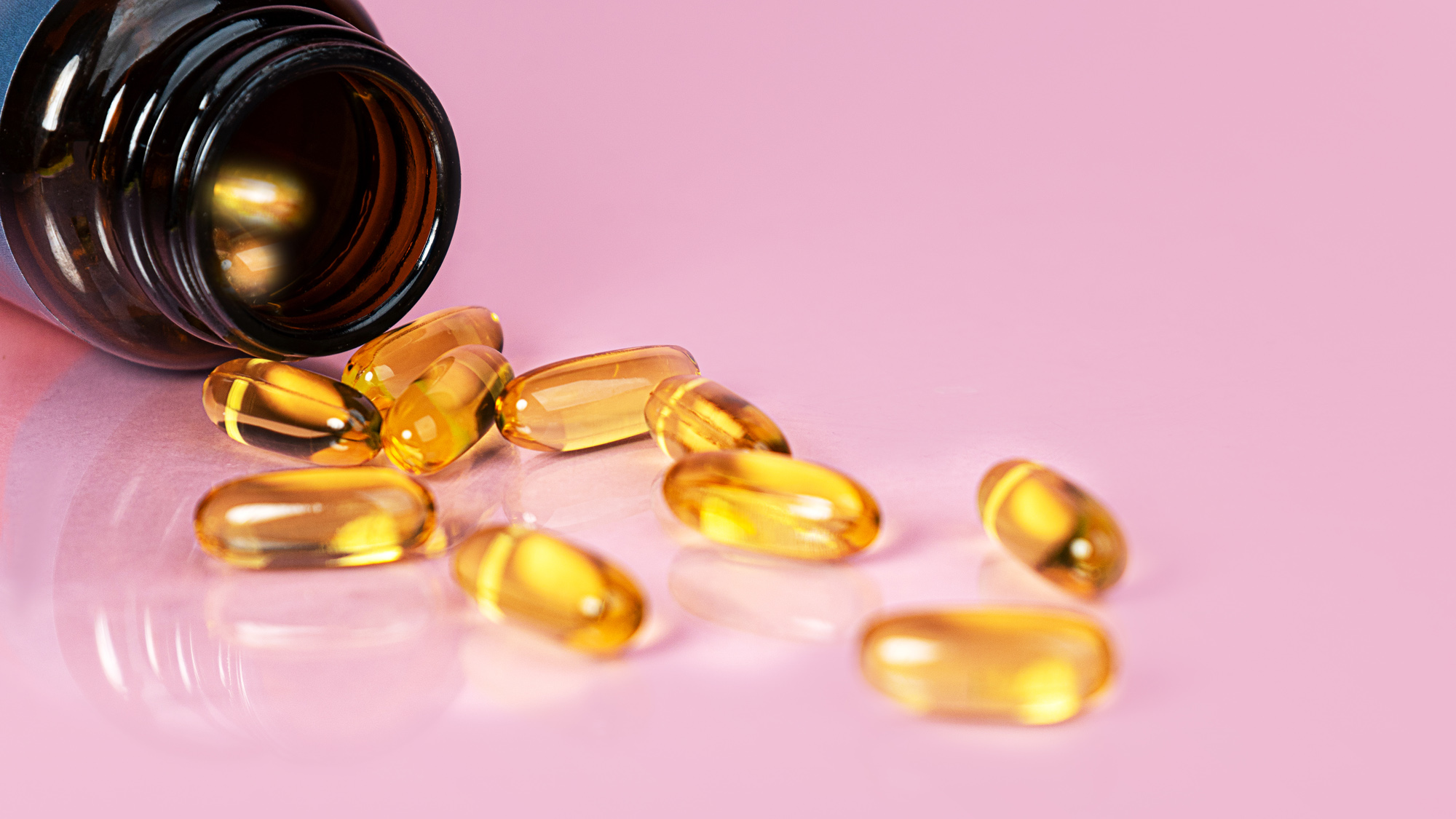Live, healthy bacteria and/or yeast that occur naturally in the human body make up probiotics. Our bodies are always home to both beneficial and harmful microbes.
How can probiotics benefit the body and what are they?
When we have an illness, our system is out of balance because of numerous harmful microorganisms. In order to restore equilibrium, good bacteria assist remove additional harmful bacteria.
Taking probiotic supplements is a fantastic way to provide your body beneficial microbes.
How do probiotics work?
Yogurt is one food that contains probiotics. In various areas of the body, including the stomach, yeast (saccharomyces boulardii) and bacteria (lactobacillus and bifidobacterium) can be detected.
Typically, bacteria are thought of negatively as something that makes you sick. But there are always two different kinds of bacteria in and on the body: beneficial germs and harmful ones.
Probiotics are made up of beneficial bacteria that help keep our bodies healthy and functioning well. When there are too many bad bacteria, these beneficial bacteria aid in the fight against them.
Probiotics are crucial for a more comprehensive understanding of microbes and your body’s microbiome. A microbiome is similar to a diverse collection of creatures, like a forest, that collaborate to maintain the health of the body. Things referred to as organic entities or creatures contain this social class. Our bodies contain trillions of microorganisms.
These microbes include a variety of:
Bacteria, yeast-containing mushrooms, viruses, and protozoa
Everybody has a different microbiome. Even twins differ in their microbial cell composition; no two persons do.
Where in the body do helpful probiotics reside?
Although the gut, particularly the large intestine, is the most typical location for healthy microorganisms, there are other locations in and on the body where they can be found. These places, which have communication with the “outside world,” consist of:
Intestine
The oral
Skin Lungs Vaginal Urinary tract
Probiotics’ mechanism of action
Probiotics, often known as beneficial bacteria, are primarily responsible for preserving the body’s healthy equilibrium. The fight against harmful bacteria by good bacteria helps to rebalance the body.
Healthy bacteria promote immune system function and reduce inflammation to keep you healthy.
What probiotic microorganisms are the most well-known types?
Despite the fact that a number of different kinds of bacteria can be used as probiotics, two in particular are the most widely available. These consist of:
Lactobacillus\sBifidobacterium
Good yeast is another component of probiotics. Saccharomyces boulardii is the most well-known variety of yeast found in probiotics.
By increasing the amount of probiotics in the body (via diet or supplements), among the illnesses that might be improved are:
Diarrhea (including diarrhoea brought on by antibiotics and C. diff infection)
Constipation
Colitis of the bowels (IBD)
Inflammatory Bowel Syndrome (IBS)
Candida infections
infections of the urinary tract
Candida infections
infections of the urinary tract
gum illness
Intolerance to lactose
Eczema (atopic dermatitis) (atopic dermatitis)
infections of the upper respiratory tract (ear infections, common cold, sinusitis)
Sepsis (particularly in infants) (especially in infants)
How should a probiotic supplement be taken?
Take a probiotic supplement in a variety of ways. They arrive in various forms, such as:
Foods and drinks,Powders, capsules, and liquids.
It is possible to use prebiotics along with probiotic pills. Probiotics are complex carbohydrates that provide food for intestinal bacteria. Probiotics essentially serve as the “food source” for beneficial microorganisms. They support the health of the good bacteria by feeding them. Inulin, pectin, and resistant starch are all probiotics.

